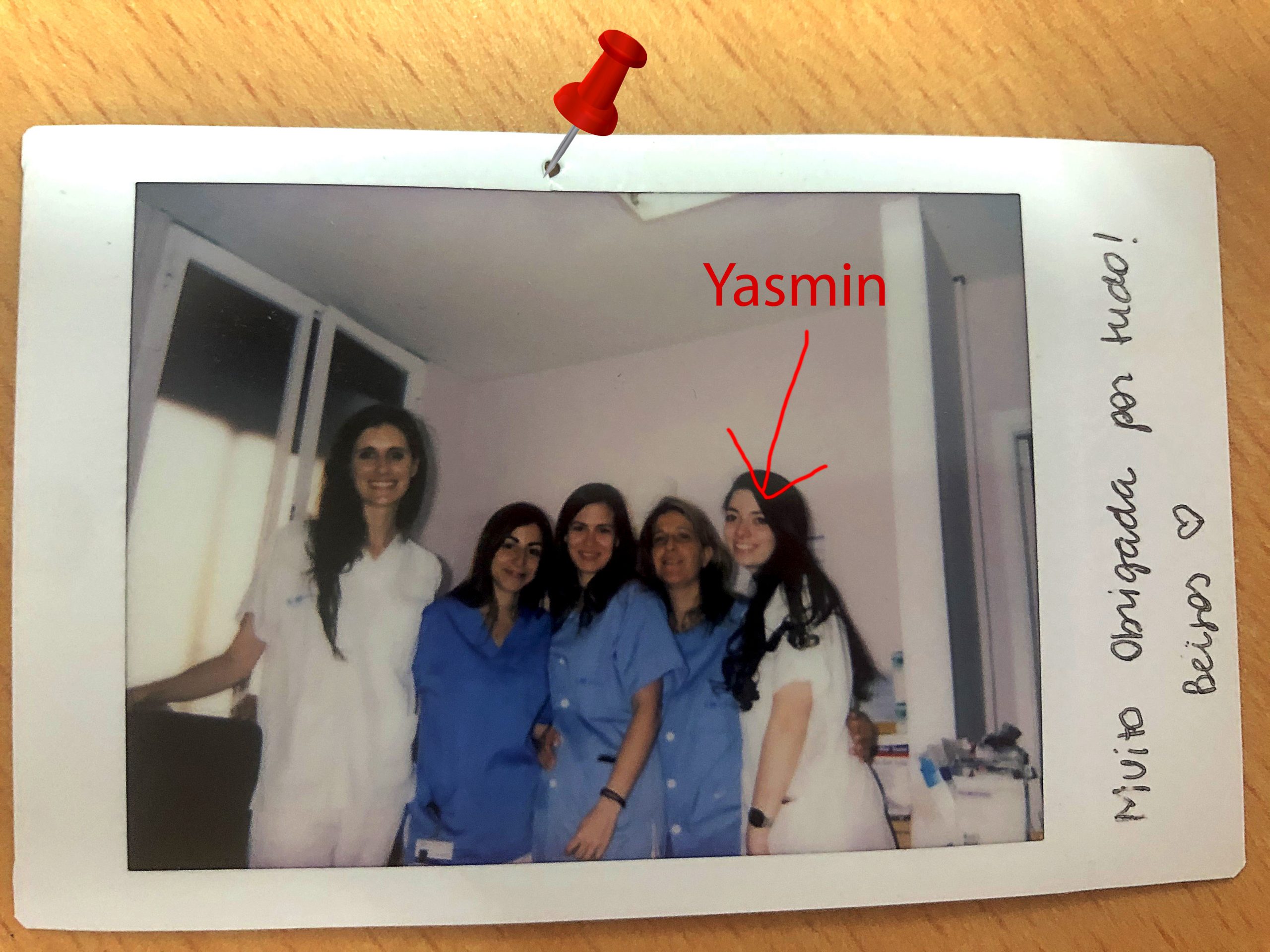Any excuse is always perfect for me to talk about punch grafting. But this time I have a “scientifically important” reason to do it. We have just published an article about the benefit of this technique in painful wounds, and it is the longest series with the greatest variety of aetiologies published so far. Antes de continuar, me gustaría mencionar la gran labor en la recogida y análisis de datos para este estudio que realizó Yasmin de Farias Khayat, en su momento estudiante de último curso de Medicina en Brasil. Nos acordamos mucho de ti…:)

In other enties of the blog we have already talked about the interest of grafting hard-to-heal wounds, despite not having wound beds with ideal conditions, to reduce pain and promote healing, thanks to the growth factors released.

The analgesic effect of punch grafting had already been registered in two previous case series. Fourgeaud et al included 41 patients, with a mean age of 73 years, who mainly presented with venous, arterial and Martorell’s ulcers. Pain was assessed by a numerical scale before, on the day after graft coverage and at discharge. In most patients, basal and breakthrough pain showed significant improvement from the first day after the procedure (75%) and this pain control increased to 90% on the last day in hospital. They also found a reduction in opioid use after the procedure. Nordström et al presented a series of 22 patients with leg and diabetic foot ulcers, all presenting with adequate granulation tissue. The mean score recorded with the visual analogue scale (VAS) for pain was 4.2 before grafting, compared to 0.8 one week later.
Now let’s get on with our series! Although you have the full article at the end of the post, I will make a brief summary:
We conducted a prospective study including 136 patients, with an average age of 60. This is the distribution by ulcer etiolog:
- 51 venous ulcers (38%)
- 29 post-surgical ulcers (21%)
- 15 Martorell ulcers (11%)
- 15 post-traumatic ulcers (11%)
- 4 arterial ulcers (3%)
- 22 ulcers with other causes (16%)
We included patients with and without pain. We measured the pain intensity, with a visual analogue scale (VAS), before punch grafting (t0) and during the the following 3 weeks (t1,t2,t3). The main outcome was pain reduction.
Here are the main results and conclusions of the study:
- Pain reduction was clinically and statistically significant throughout the registered visits in the study.
- Patients who presented with non-painful ulcers remained pain-free.
- Although pain intensity was only registered before the procedure and during the following 3 weekly visits, many patients reported that pain reduction had started shortly after the procedure, even on the same day.
- Unlike the other published series, many of the wounds included in our study did not have a wound bed with optimal conditions for grafting. However, this does not prevent the grafts from having analgesic power, as we found no correlation between the percentage of graft taking and pain reduction.
- Punch grafting may help control pain in any type of wound. Although its most widespread use is in venous and Martorell ulcers, as we see in the study, other wounds such as arterial, post-traumatic, post-surgical and atypical ulcers (post-vasculitis or inactive pyoderma gangrenosum) may also benefit from this simple technique.
- Although venous ulcers are not classically considered painful wounds, in our series half of patients with venous ulcers had an EVA score for pain >5 . At the time of the first follow-up visit, two-thirds of patients with venous ulcers had achieved complete pain suppression.
Acabo con las dos reflexiones con las que finaliza el artículo:
- ¿Cuáles son las barreras que impiden que la técnica del injerto en sello se extienda entre los profesionales sanitarios.
- ¿Cuál es el mecanismo exacto por el que los injertos en sello disminuyen el dolor independientemente del porcentaje de prendimiento?
Also available in: Español (Spanish)






